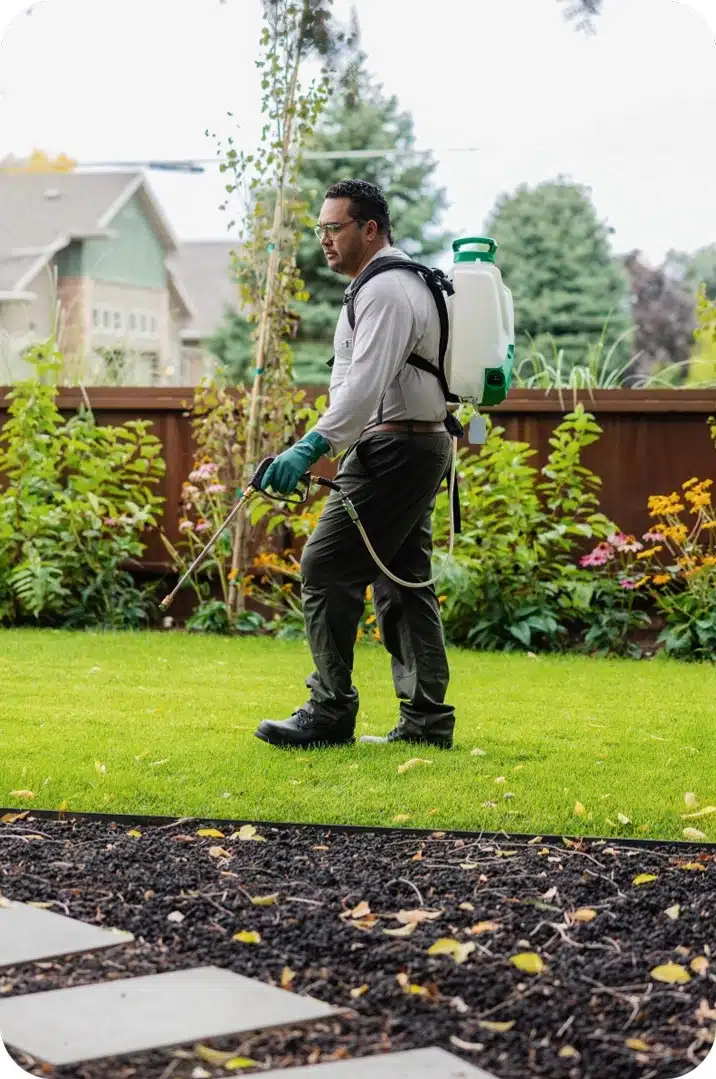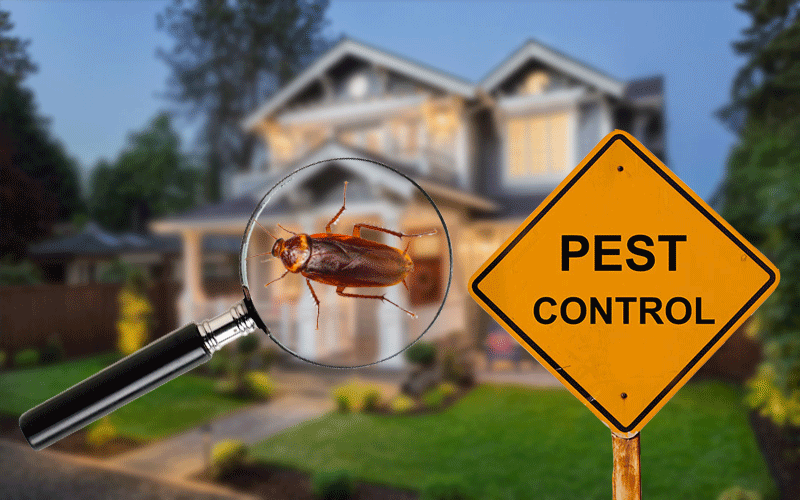A1 Pest Control Charlotte NC Bed Bugs - Specialist Extermination Services
Wiki Article
Bed Insect Therapy Malfunction: Comparing Chemical Vs. Non-Chemical Solutions
In the realm of pest control, especially when dealing with the relentless concern of bed bugs, the selection between chemical and non-chemical therapy services can be an essential one. Both techniques use unique advantages and drawbacks, affecting aspects such as effectiveness, safety and security considerations, and total expense. By examining the nuanced information of each technique, a more clear understanding of which path to pursue in dealing with a bed pest infestation can be obtained.Effectiveness of Chemical Therapies
Chemical treatments for bed bug problems have been widely identified for their fast and potent efficiency in eliminating these bugs. When thinking about the performance of chemical treatments, it is essential to understand that they can give a fast and thorough service to a bed insect issue. Expert pest control specialists frequently rely on insecticides to target bed bugs at numerous phases of their life cycle, including eggs, fairies, and grownups. These chemicals normally function by interrupting the bed pests' nervous system, causing paralysis and ultimate fatality.Moreover, chemical therapies have the advantage of offering recurring effects, suggesting that they can proceed to eliminate bed insects also after the preliminary application. This recurring activity is particularly useful in combating any type of prospective re-infestations. Furthermore, the fast activity of chemical therapies can bring alleviation to people facing severe bed insect problems, permitting them to reclaim control of their home quickly.
Safety Concerns With Chemical Solutions
When utilizing chemical remedies for bed pest therapy is guaranteeing the safety of residents and the setting,One crucial facet that calls for cautious factor to consider. While chemical therapies can be reliable in eliminating bed bugs, they might present dangers if not taken care of properly. Among the primary safety and security worry about chemical services is the prospective harm they can cause to human wellness. Exposure to particular chemicals used in bed bug treatments can result in respiratory problems, skin irritability, or other damaging reactions, specifically in people with pre-existing problems or level of sensitivities. In addition, improper application or dosage of chemical pesticides can lead to poisonous deposits sticking around in the cured area, posing lasting health and wellness threats to residents.Moreover, the ecological effect of chemical services is another considerable consideration. Some chemicals used in bed bug treatments may be unsafe to useful insects, wildlife, and environments if they leach into the soil or water systems. It is necessary to utilize chemical therapies judiciously, complying with security guidelines, and thinking about less hazardous options to alleviate these risks and make sure the reliable and safe administration of bed bug invasions.
Advantages of Non-Chemical Strategies
Thinking about the possible safety concerns and environmental effect linked with chemical remedies for bed bug therapy, exploring non-chemical methods offers an appealing choice with several unique benefits. Non-chemical therapies are ecologically friendly, as they do not contribute to air or water air pollution, making them a lasting selection for parasite control.Additionally, non-chemical remedies can be effective in targeting bed bugs, including hard-to-reach areas where chemical treatments may not pass through. Techniques such as heat treatment, vacuuming, vapor cleaning, and cushion coverings provide extensive eradication without the usage of harmful chemicals. Furthermore, non-chemical approaches can be less disruptive, requiring minimal prep work and enabling quicker reentry into treated areas. Generally, selecting non-chemical bed insect treatment techniques not only focuses on security and ecological protection yet additionally ensures thorough and efficient insect control.
Limitations of Non-Chemical Treatments

Additionally, non-chemical treatments frequently need multiple applications to achieve successful eradication. This can be time-consuming and may not constantly ensure total elimination of all bed insects and their eggs, particularly in hard-to-reach or concealed locations.
Moreover, the success of non-chemical therapies greatly depends on appropriate implementation and thoroughness, which can be testing for people without expert know-how. Insufficient application of non-chemical techniques may result in insufficient elimination, causing consistent infestations and the requirement for extra therapies.
For that reason, while non-chemical treatments have their advantages, it A1 bed bug treatment in charlotte is crucial to recognize these constraints and consider them when determining one of the most efficient method for taking care of bed bug problems.
Expense Contrast: Chemical Vs. Non-Chemical Options
Provided the constraints connected with non-chemical treatments, a crucial aspect to examine in the context of bed insect management is the expense comparison in between chemical and non-chemical alternatives. Chemical therapies normally involve the application of pesticides by experts, which can range from $250 to $900 per room, depending upon the extent of the infestation and the size of the area to be treated. On the other hand, non-chemical therapies like warmth therapy or vapor can be a lot more costly, with costs ranging from $1,000 to $6,000 for an entire home. While the first price of chemical treatments might seem reduced, multiple treatments may be required to completely get rid of the problem, potentially increasing the total cost. On the other hand, non-chemical alternatives may provide a more lasting and environment-friendly service, although they can be cost-prohibitive for some people. Eventually, when considering the price of bed bug treatment options, it is essential to weigh the in advance expenses versus the efficiency and long-lasting sustainability of the selected technique.Final Thought

Considering the possible safety and security worries and environmental impact linked with chemical remedies for bed insect therapy, checking out non-chemical strategies presents an appealing option with numerous distinctive benefits.Provided the constraints linked with non-chemical therapies, an essential element to review in the context of bed pest monitoring is the cost comparison between chemical and non-chemical choices. In contrast, non-chemical treatments like warm treatment or steam can be a lot more expensive, with expenses varying from $1,000 to $6,000 for a whole home. While the preliminary cost of chemical treatments may seem lower, several therapies may be required to totally remove the invasion, potentially increasing the total cost.In final thought, when contrasting chemical and non-chemical bed insect therapy choices, it is essential to think about efficiency, safety and security, advantages, constraints, and price.
Report this wiki page